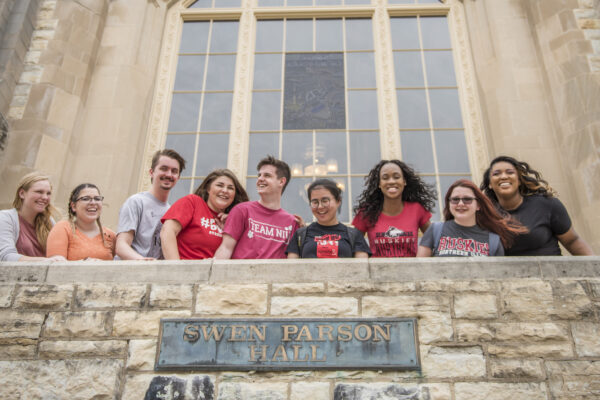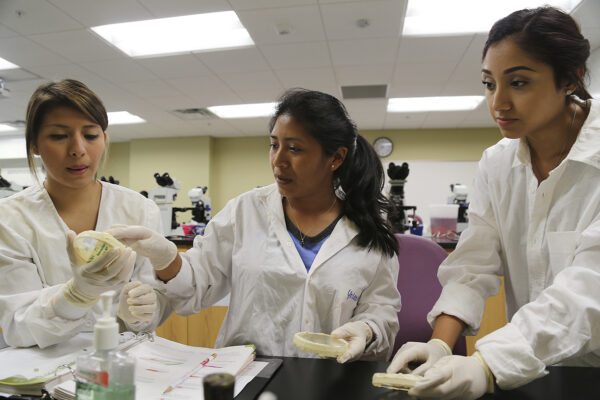Pell Grant Dollars Are Left Unclaimed: What That Means for Students and States
Title: Pell Dollars Left on the Table
Authors: Louisa Woodhouse and Bill DeBaun
Source: National College Attainment Network
Pell Grants have long supported low-income students as they pursue higher education, increasing the financial capabilities and academic opportunities afforded to students. However, receiving federal financial aid through Pell Grants is dependent on filing the Free Application for Federal Student Aid (FAFSA), which can serve as a barrier to students.
The National College Attainment Network (NCAN) has published a report on the unclaimed Pell Grants left on the table by high school graduates. Approximately 830,000 Pell Grant-eligible students did not complete FAFSA in the 2024 cycle, resulting in nearly $4.4 billion in unclaimed Pell Grant awards. These unclaimed funds are valuable to both students and states, with the ability to further the educational pursuits of low-income students and strengthen state economies.
NCAN has run reports detailing the value of unclaimed Pell Grants over the past four years. Typically, nearly 60 percent of high school graduates complete the FAFSA by June 30, with completion rates trailing off markedly as students begin their summer.
However, due to the technical challenges and delayed launch of FAFSA that occurred in the 2024 cycle, by the end of June, only 50 percent of high school graduates had completed the form. By August 30, 57 percent of students had filed the FAFSA, decreasing the amount of financial aid left on the table. The implications are clear: hindrance to the financial aid application process, whether that be through technical difficulties, decreased assistance, or short staffing, can result in many students losing access to Pell Grant funds.
The impact of lower FAFSA completion rates, and therefore more unclaimed Pell Grants, is not felt exclusively by students but by states as well. In 2024, students in California and Texas each left nearly $550 million in Pell Grant awards unclaimed. While these states lose the most when FAFSA completion rates are low, they also stand to gain the most if completion rates increase.
Analysis from NCAN finds that if FAFSA completion rates had increased by an additional 10 percentage points this year, California would have seen a $145 million increase in Pell Grant awards while Texas would have received an additional $130 million. The additional federal aid could translate into more students attending postsecondary institutions, filling workforce gaps and strengthening the states’ economies.
In establishing the significance of increasing FAFSA filing rates for low-income students, NCAN offers commentary on how states can better support students, especially in the wake of potential policy changes directed at higher education. States can fund FAFSA completion efforts, providing additional in-school and online resources for students to access when filing. Additionally, FAFSA data sharing among states may enable high school counselors and local college access partners to better target students that could benefit from additional assistance.
To read more about unclaimed Pell Grants and the role states can play on bolstering FAFSA completion rates, click here.
—Julia Napier
If you have any questions or comments about this blog post, please contact us.


